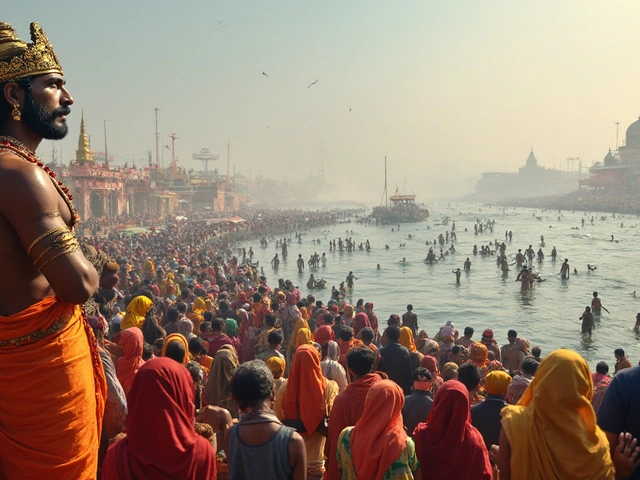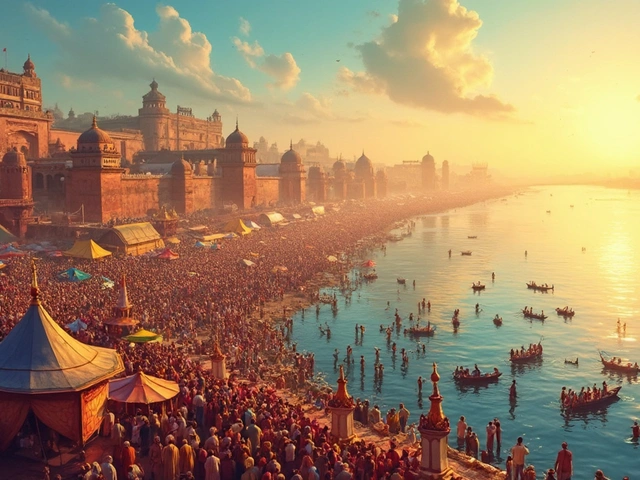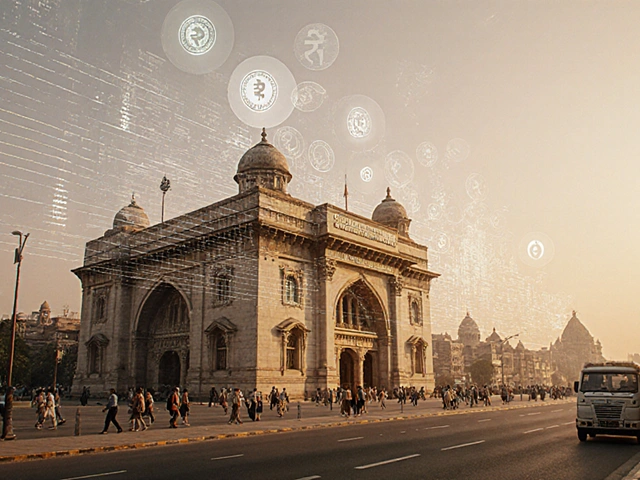Allahabad History – Quick Guide to the City’s Past and Highlights
If you’ve ever wondered why Allahabad is now called Prayagraj, or what stories lie behind its famous temples and colonial buildings, you’re in the right spot. This page gives a fast‑track rundown of the city’s history, so you can understand the roots before you explore its streets.
From ancient myths to modern name change
Long before the British arrived, the place where the Ganga, Yamuna and the hidden Saraswati meet was called Prayag – a sacred “meeting point” in Hindu myths. Travelers and pilgrims have gathered here for centuries to perform rites at the Triveni Sangam.
When the Mughal emperor Akbar founded a new town in the 16th century, he named it Ilahabad, meaning “city of God.” That name stuck through the Mughal and early British periods. In 2018 the state government officially renamed the city Prayagraj to reflect its ancient identity.
Key eras that shaped the city
Ancient and early medieval period: Apart from the religious importance of the Sangam, legendary figures like King Kashi and the Buddhist monk Sushruta are tied to the region. Small forts and monasteries dotted the banks.
Mughal era: Akbar built the famous Allahabad Fort in 1583, turning the spot into a strategic military base. The fort still houses the historic Anand Bhavan, the Nehru‑Gandhi family home turned museum.
British rule: The town became a major administrative centre. Roads, railway lines and the famous All Saints Cathedral were added. The city also saw the rise of education institutions like Ewing Christian College.
Post‑independence: Allahabad played a political role as the birthplace of many Indian leaders. The city’s name change to Prayagraj in 2018 was part of a broader effort to honor its ancient legacy.
What to explore when you visit
Start at the Triveni Sangam – the triple river confluence is the heart of the city’s religious life. If you’re curious about the name switch, the article “Why Is Allahabad Now Called Prayag?” explains the reasons in plain language.
Visit the Allahabad Fort and the adjoining Anand Bhavan museum for a glimpse of Mughal architecture and India’s freedom struggle.
Don’t miss the Hanuman Temple. The post “Hanuman – The Most Celebrated God in Allahabad (Prayagraj)” shows why this shrine draws crowds every year.
For a taste of local flavor, try the famous Kachori‑Sabzi or the street‑side chaat that Uttar Pradesh is known for. Both foods have centuries‑old recipes linked to the city’s trade routes.
Finally, if you time your trip with the Kumbh Mela, you’ll witness one of the world’s biggest pilgrimages. The article “Exploring the Fascinating Kumbh Mela in Prayagraj” gives practical tips for crowds, safety, and where to stay.
All these pieces – ancient myths, Mughal forts, British buildings, modern politics – come together to make Allahabad’s history a living story. Use this guide to plan your visit, and you’ll walk through the city with a clear sense of why it matters today.
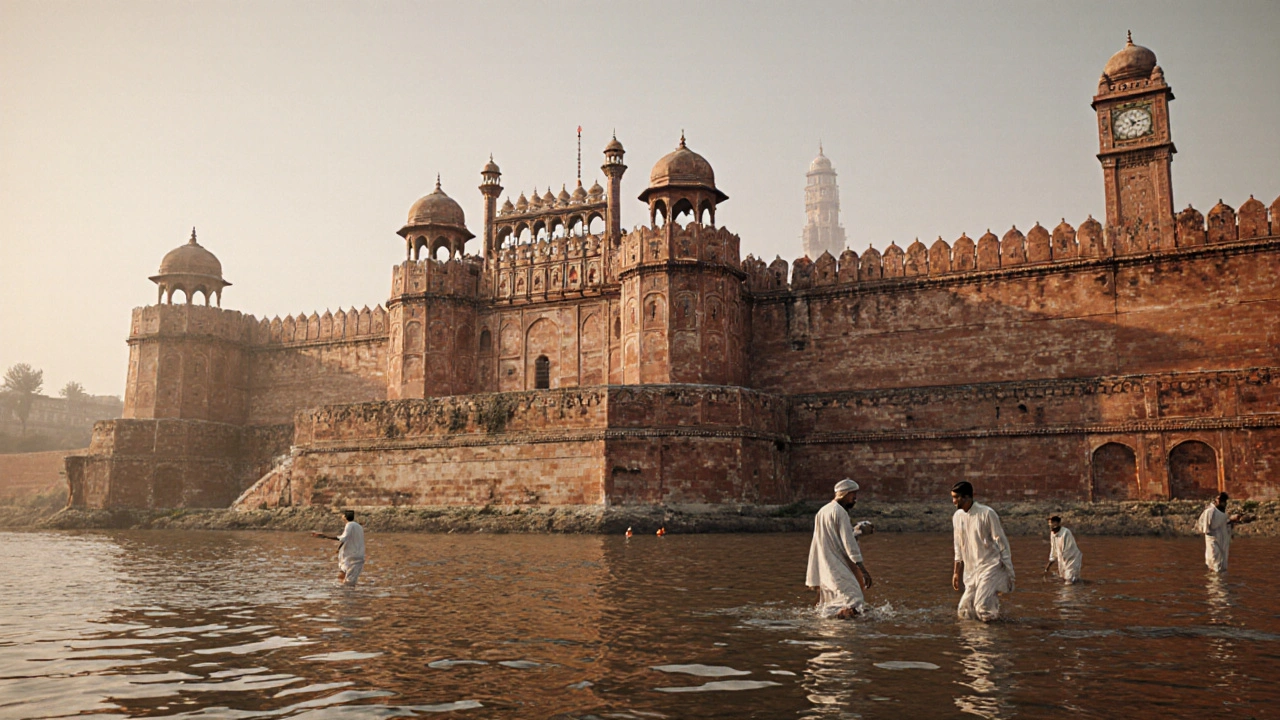
Prayagraj was once known as Allahabad for over 400 years, named by Mughal Emperor Akbar in 1583. The city's original Vedic name, Prayag, dates back thousands of years. The 2018 renaming sparked cultural debates but didn't erase its layered history.
Continue Reading
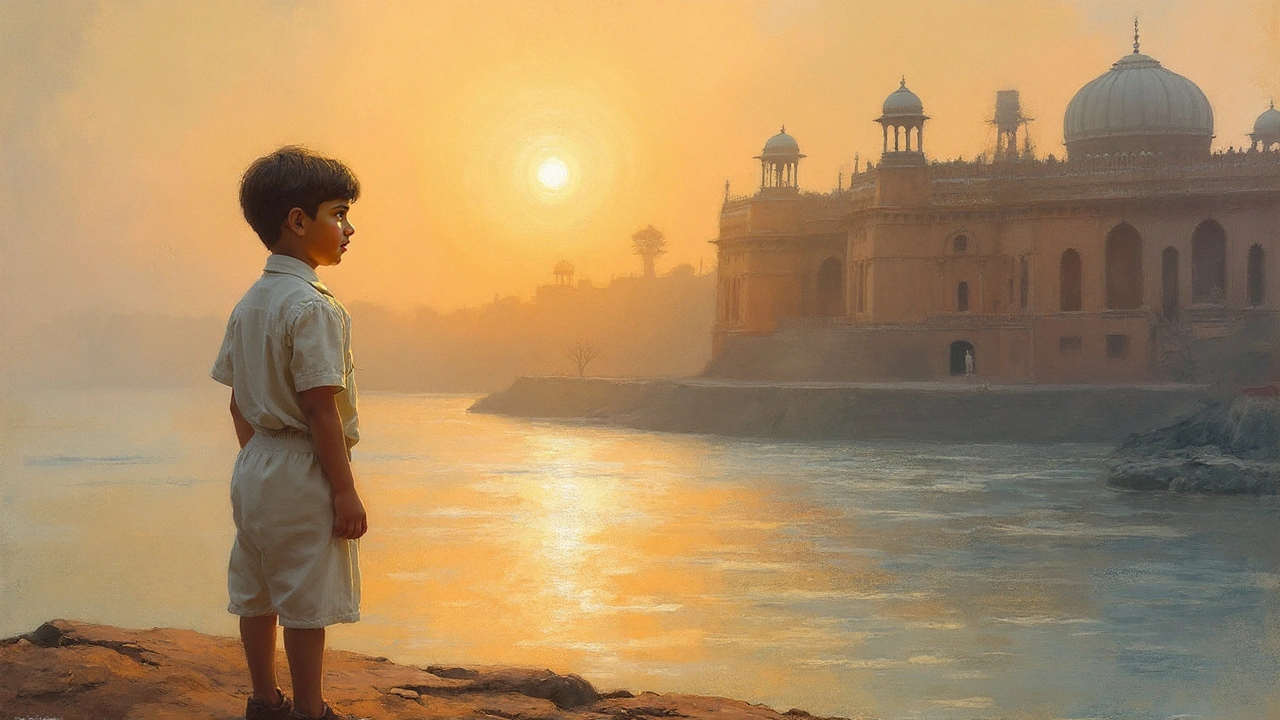
Discover why Jawaharlal Nehru, India’s first prime minister, was born in Allahabad - now called Prayagraj. Explore his early years, political rise, legacy, and other famous personalities from the city.
Continue Reading

